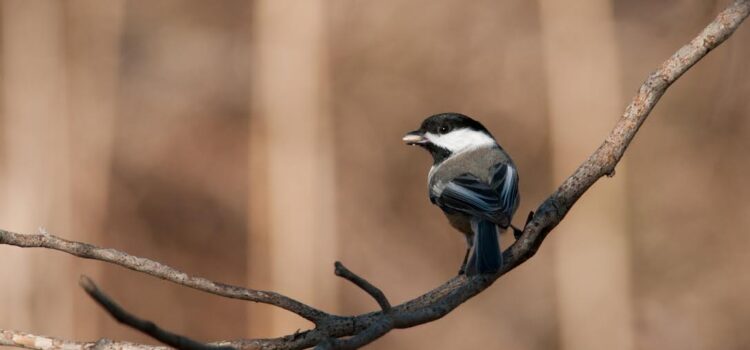With winter’s icy embrace hitting Long Island we tend to respond by spending more time indoors out of the cold, something we all certainly did during this winter’s visit of the polar vortex to Long Island, which dropped nighttime temperatures well below zero. Wild animals, of course, cannot do this. But what they can do is to respond with a wide variety of adaptive behaviors which enables them to survive through the most challenging time of the year. One animal that is especially adept at surviving the winter is a familiar one to anyone with a backyard bird feeding station – the black-capped chickadee.
Surviving Winter: Chickadees




